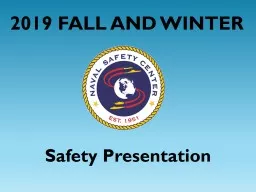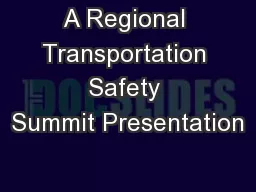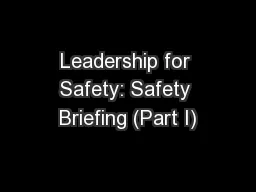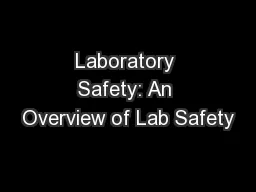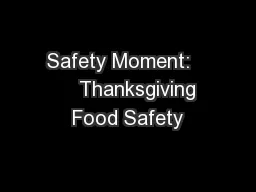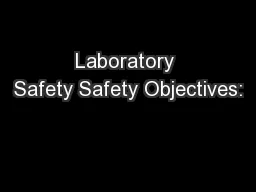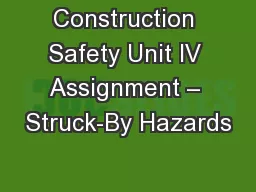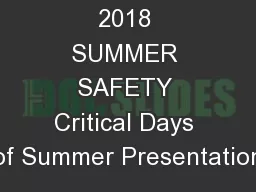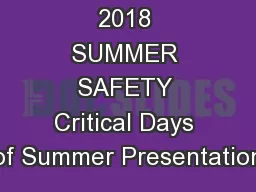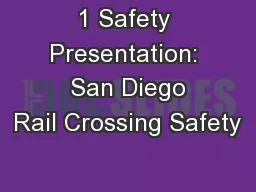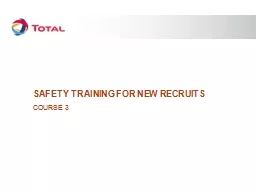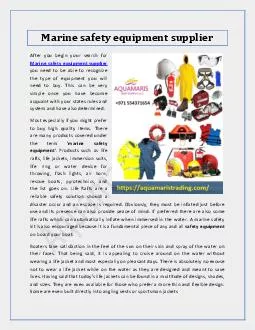PPT-Safety Presentation
Author : tawny-fly | Published Date : 2019-11-24
Safety Presentation 2019 FALL AND WINTER In 2018 36 Sailors and 38 Marines lost their lives I mpact 74 trained and ready Sailors and Marines are no longer with
Presentation Embed Code
Download Presentation
Download Presentation The PPT/PDF document "Safety Presentation" is the property of its rightful owner. Permission is granted to download and print the materials on this website for personal, non-commercial use only, and to display it on your personal computer provided you do not modify the materials and that you retain all copyright notices contained in the materials. By downloading content from our website, you accept the terms of this agreement.
Safety Presentation: Transcript
Download Rules Of Document
"Safety Presentation"The content belongs to its owner. You may download and print it for personal use, without modification, and keep all copyright notices. By downloading, you agree to these terms.
Related Documents

